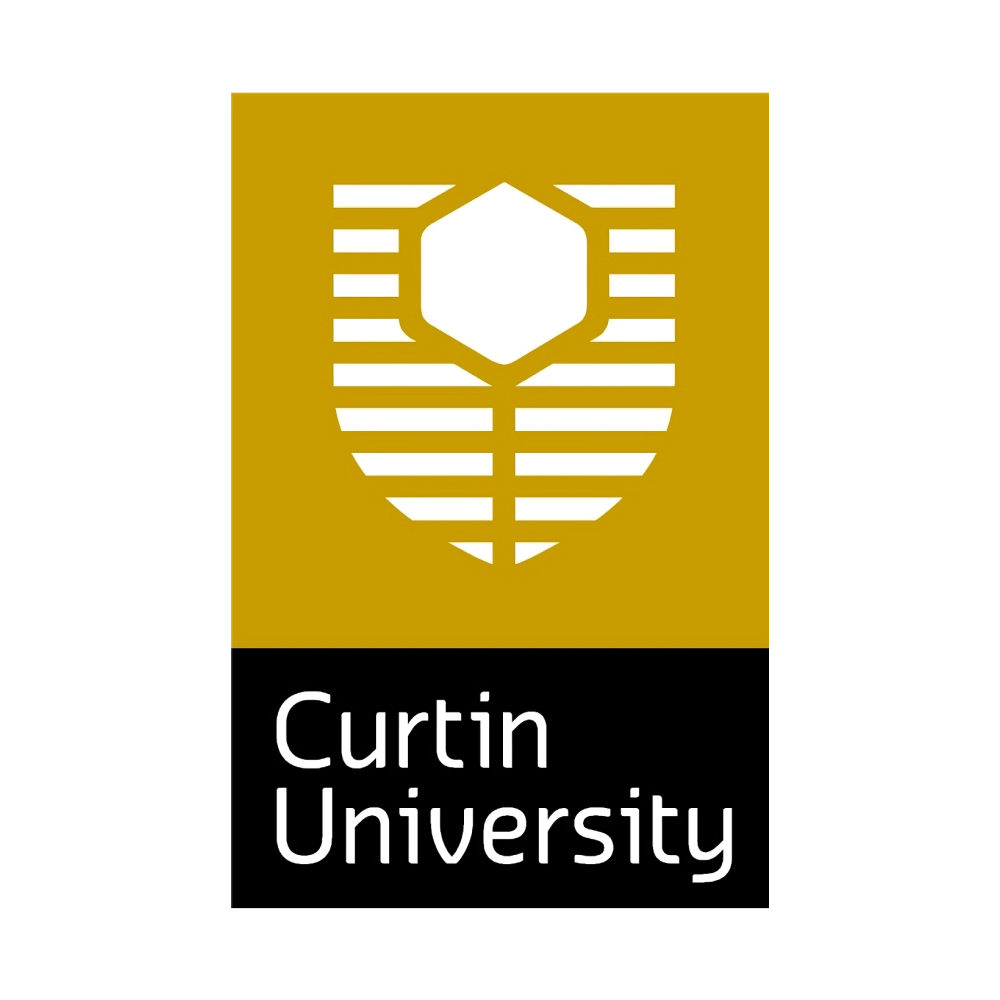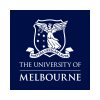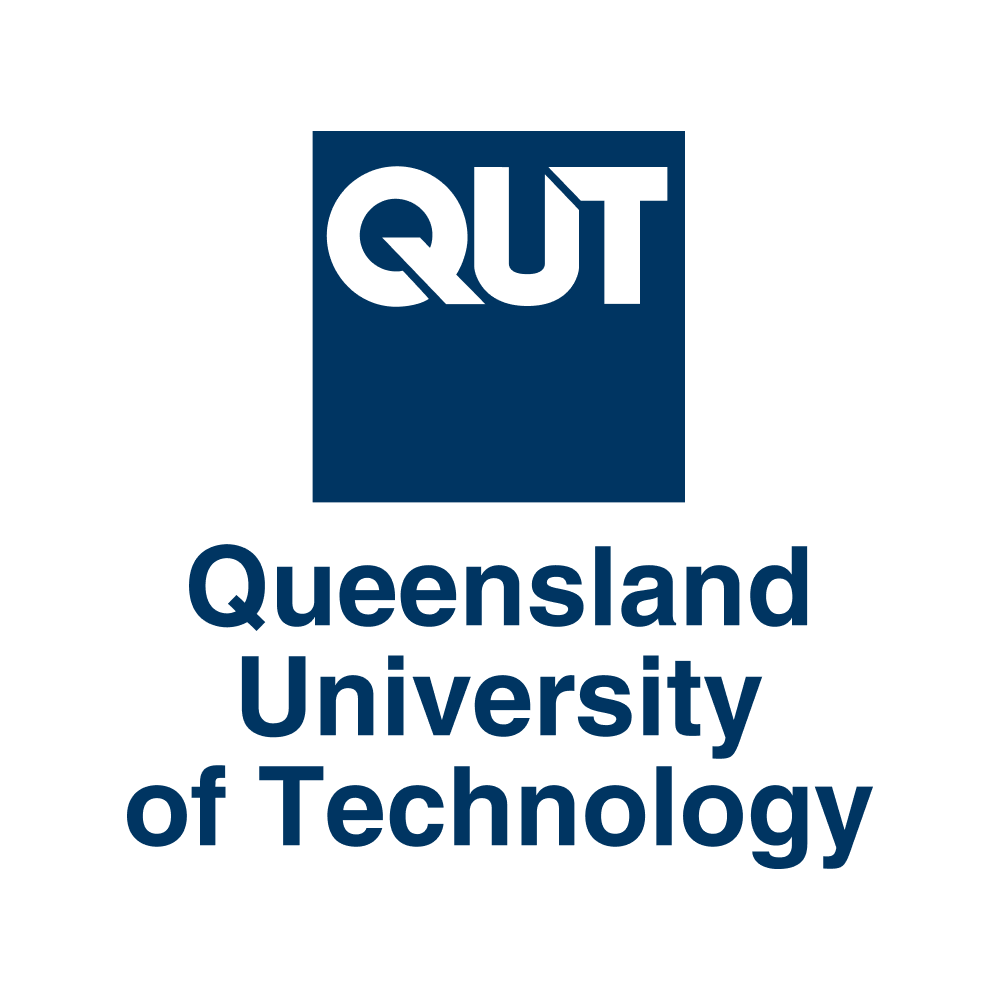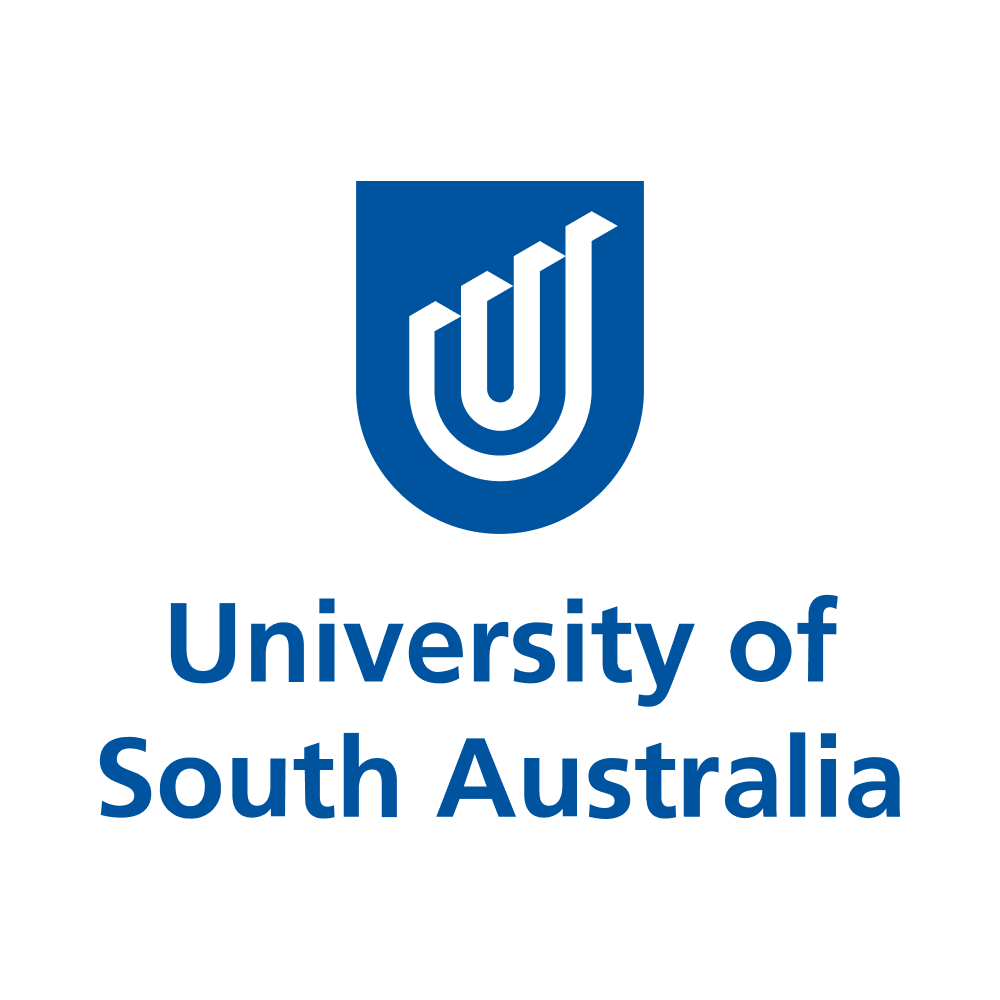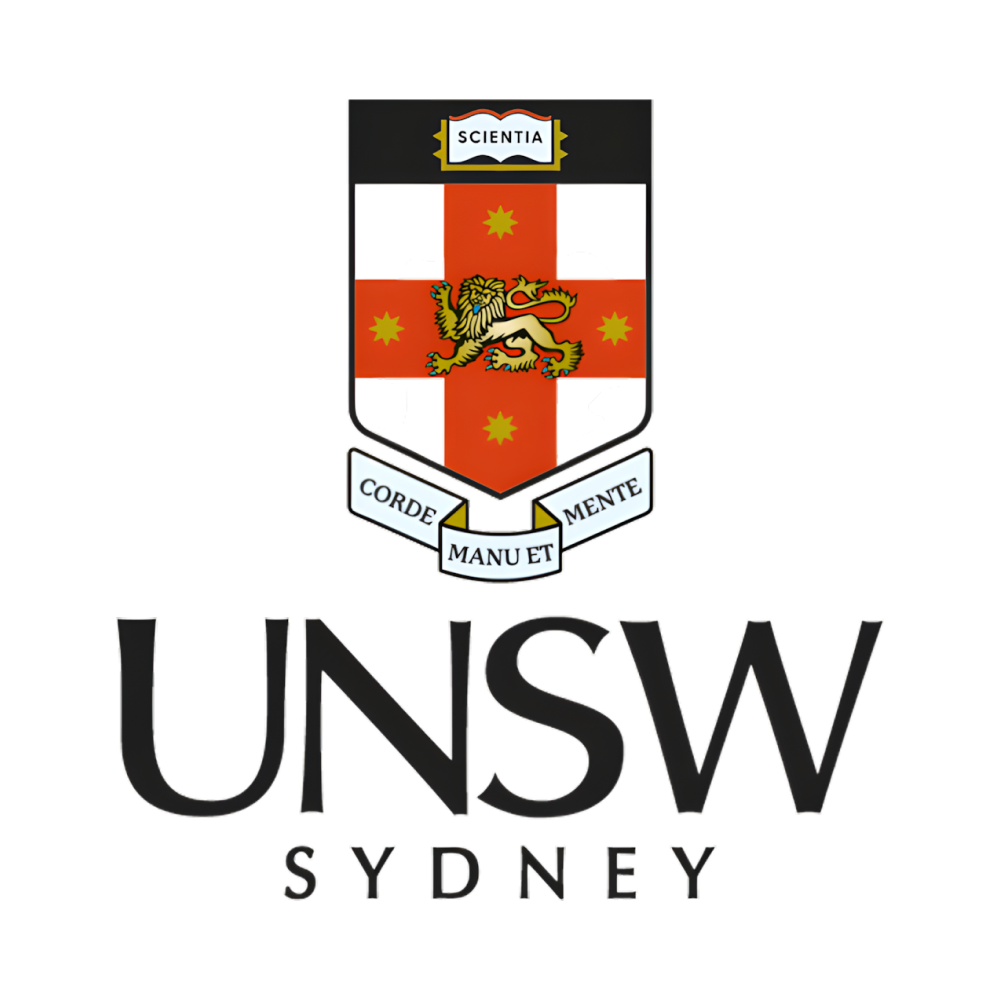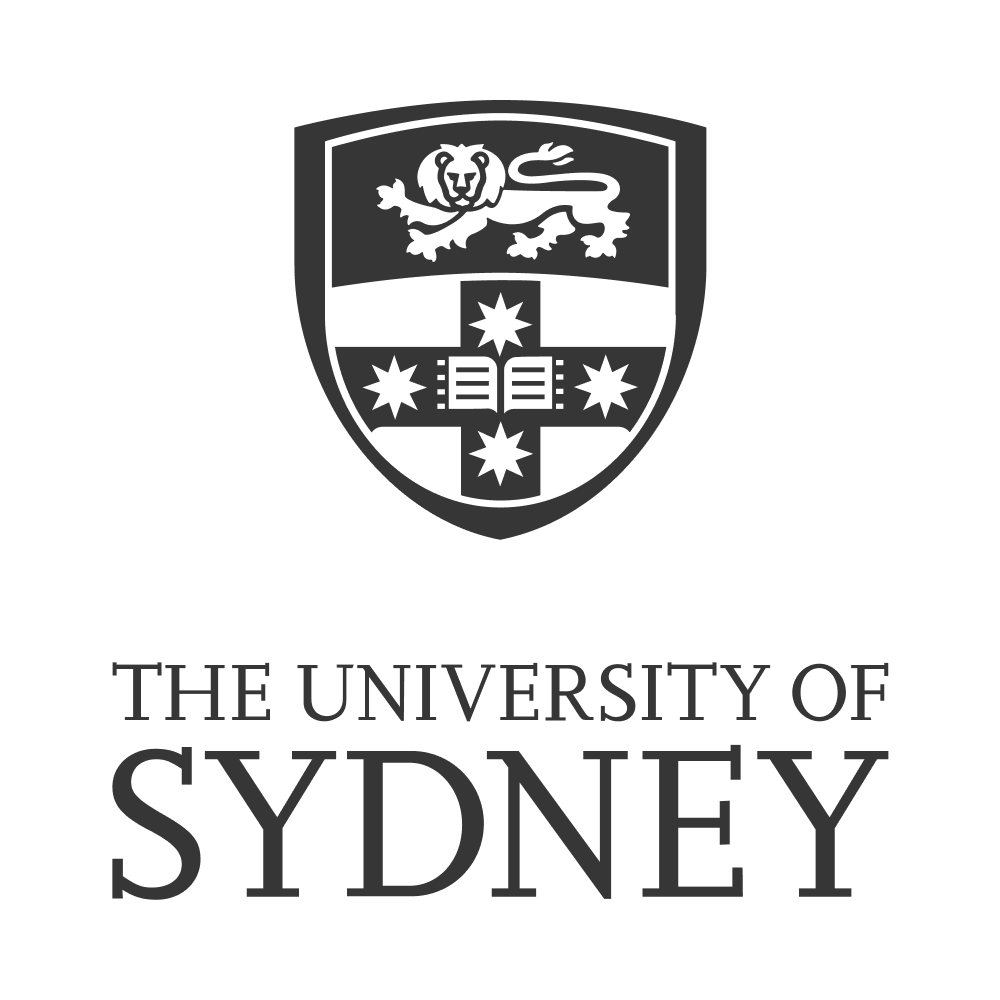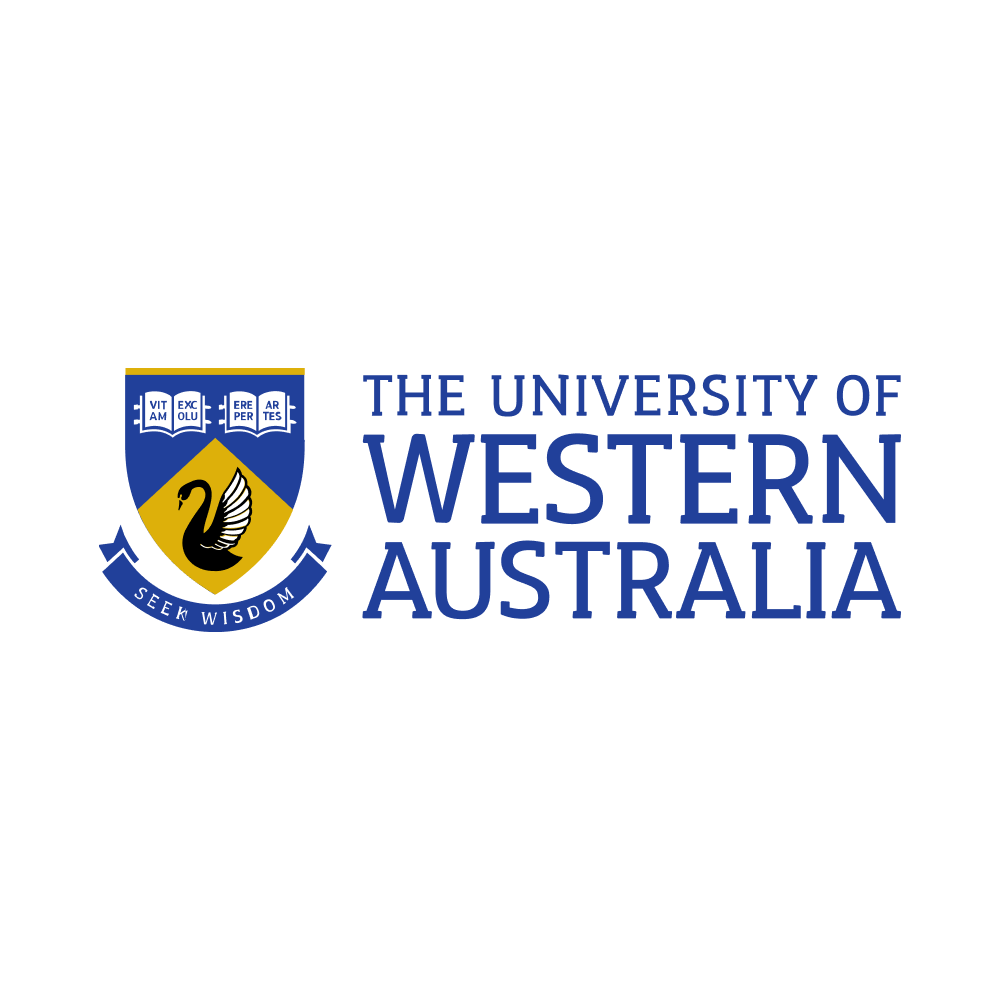RMIT University
Master of Occupational Health and Safety
- Delivery: Face to Face
- Study Level: Postgraduate
- Duration: 24 months
- Course Type: Master's
Advance your skills in occupational health and safety with a degree that provides specialisations at the forefront of the industry.

Course overview
In the Master of Occupational Health and Safety (OHS), you will explore the application of scientific principles to understand risks to the safety of people in workplaces and the actions required to control them.
Both community expectation and government legislation demand an increasingly higher level of protection for employees and the community from risks that threaten their safety and health. As such, there is also an increasing demand in society for professionals with experience and qualifications in OHS.
You will also have the opportunity to pursue a research stream, allowing you to deepen your knowledge and distinguish yourself from the competition in the market. It will also support your career progression to senior management or consultancy roles.
Key facts
July, 2026
What you will study
To earn the Master of Occupational Health and Safety, students must complete 192 credit points. Unless otherwise indicated, each course is worth 12 credit points.
Core courses
Complete the following courses:
- Principles and Practice of Work Health and Safety
- Work Health and Safety Science
- Work Health and Safety Legal Systems
- Human Factors and Occupational Ergonomics
- Occupational Hazards and Control
- The Psychosocial Work Environment
- Organisational Safety
- Work Health and Safety Intervention Project
Entry requirements
Academic requirements
Applicants must have one of the following:
- Completed an Australian bachelor's degree (or equivalent overseas qualification).
- A minimum of eight years of professional work experience in a related industry. Applicants with professional experience at a senior level of less than eight years may also be considered.
To have your professional experience considered, you must submit with your application a CV and a personal statement detailing your experience.
English language requirements
You must meet the University's minimum English language requirements to be eligible for a place in this program. Contact the university for more information.
Recognition of Prior Learning
Credit, recognition of prior learning, professional experience and accreditation from a professional body can reduce the duration of your study by acknowledging your earlier, relevant experience. Credit and exemptions will be assessed in a manner consistent with the principles of the RMIT Credit Policy.
Contact the university for more information.
Outcomes
As a graduate of this program, you will be able to:
- Determine and apply knowledge of complex occupational health and safety theory, principles and best practice to applied projects to contribute to the profession and discipline of occupational health and safety.
- Critically analyse, synthesise and reflect on developments in occupational health and safety in both local and international contexts to extend and challenge knowledge and effective practice.
- Professionally communicate and justify project scope, design, implementation, strategy and /or outcomes, engaging effectively with diverse stakeholders across a range of industry sectors.
- Apply the specialist knowledge and technical skills required to creatively address the diverse needs of occupational health and safety practice, designing innovative solutions and demonstrating independent, sound and ethical decision-making related to your professional practice and the discipline.
- Integrate and apply appropriate research methodologies and tools to design and execute applied professional practice and research projects, evaluate the outcomes and theorise about the contribution of your learning to the profession and knowledge arena.
- Provide strategic occupational health and safety advice and utilise leadership and team work skills to initiate, plan and guide the implementation of bespoke solutions across diverse occupational health and safety contexts.
- Utilise specific research and technical skills to develop and implement occupational health and safety strategies and solutions that address complex problems and issues to enhance health and safety deliverables and governance in a creative and sustainable way.
Fees and FEE-HELP
Indicative annual fee in 2026: $34,560 (domestic full-fee paying place)
Additional expenses:
- Student services and amenities fee (SSAF): $365 maximum fee for 2026.
- Other items related to your program include field trips, textbooks and equipment.
The amounts quoted are indicative fees per annum and are based on a standard year of full-time study (96 credit points). A proportionate fee applies for more or less than the full-time study load. Fees are adjusted on an annual basis. These fees should only be used as a guide.
A student’s fee may vary depending on:
- The number of courses studied per term.
- The choice of major or specialisation.
- Choice of courses.
- Credit from previous study or work experience.
- Eligibility for government-funded loans.
FEE-HELP loans are available to assist eligible full-fee paying domestic students.

